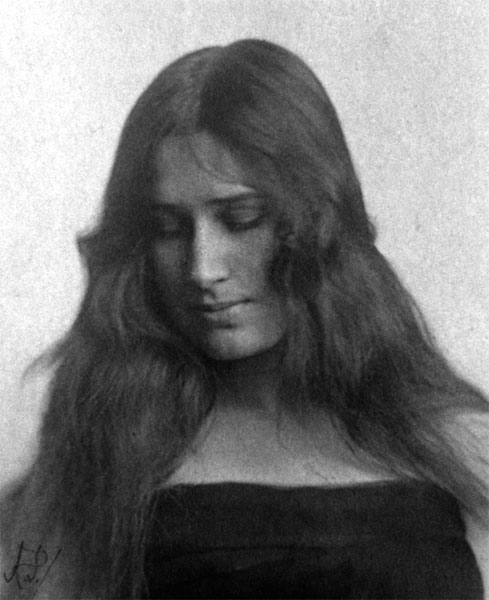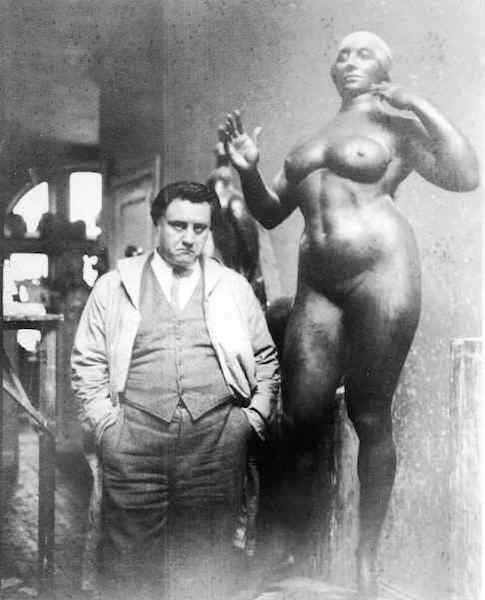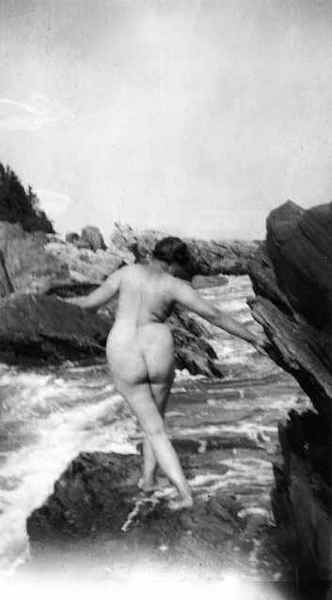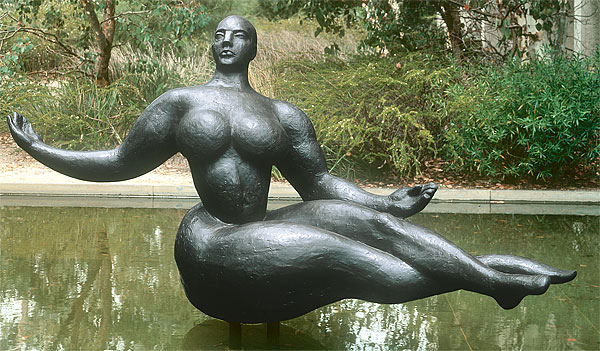For Machisma: The Natural Superiority of Women
“Camille Paglia once argued that the female stake in the middle ground helps to explain their superiority. Just as there have been no female Jack the Rippers, she claimed, so have there never been any female Mozarts.”—Skip Eisiminger
Skip the B.S.
By Dr. Skip Eisiminger

“Man may be the sail, but woman’s the rudder,/not the farmer’s significant udder.”—The Wordspinner
CLEMSON South Carolina—(Weekly Hubris)—April 2020—Graffitists once scrawled news of paradigmatic stirrings on bathroom walls. Following last century’s rise and relaxation of the feminist movement, the “handwriting” today is plastered across rear bumpers, back windows, tailgates, as well as bathroom walls. First it was, “In Goddess we trust.” Then came, “Grrls rule, guys drool.” Next, I read, “D.I.V.A.: daring, insightful, vivacious, and adorable.” And most recently I read, “If you’re bit, it was a female.”
If there’s any truth in bumper stickers, Gynoamericans are not simply settling for equality. By almost every measure except upper body strength, “Roosters crow, but hens deliver,” as an older sticker claimed. Call me a gynolatrist, but I swallowed my gender pride long ago in the recognition that while men may be the pie filling, women are the crust, and without that, you just have a mess. Today, I’m glad to be included in the same species as women who in too many families are the filling and the crust.
The poet Robert Graves and others have thought the Bible implies the action of a female deity at the creation. They base this radical notion in part on the second verse of Genesis I: “And the Spirit of God moved upon the face of the waters,” where the Hebrew word for “spirit” (ruach) is feminine.
But if we owe all of nature to a female, how did women slip into the subservient role they have occupied through most of recorded history? Hebrew priests like Moses blamed Eve, because though she could not have understood God’s command to refrain from eating that fated fruit, once she did understand, she offered it to Adam. To Moses, Eve’s cognizant offer was an unforgivable affront to God’s authority.
But modern anthropologists think it was Eve’s inferior arm strength and her monthly bleeding that led to her social decline. Ignorant men were surely puzzled and frightened by women who bled in concert with the moon yet showed no signs of weakness, just emotional outbursts that could only be “explained” as demonic possession. Any bleeding that defied clotting and death was a violation of the natural order. Superior arm strength, they thought, was God’s gift to men to subdue women for the good of the tribe. Even though women still supply 70 percent of the calories consumed by present-day aboriginal families, the way was clear for hunters to oppress their fair gatherers.

Thanks to the hard and soft sciences, we know more about women today than ever before:
- According to anthropologist Melvin Konner, women are universally better judges of character, more trustworthy, reliable, fair-minded, free of prejudice, and less violent.
- In 2015, American women are living about six years longer than men.
- No woman ever served time in Alcatraz; indeed, it wasn’t until 1969 that any American woman was classified as “incorrigible.”
- In 2015, only 7 percent of inmates in federal prisons were females.
- The New York Times reported in 2003 that American males are four times more successful at killing themselves than women are.
- Males are 3.5 times more likely to be autistic,
- 1.5 times more likely die of sudden infant death syndrome,
- 3 times more likely to have Tourette’s,
- 1.5 times more likely to suffer mental retardation, and
- 2.5 times more likely to be dyslexic.
- Women are 16 times less likely to be color blind, and their senses of smell, touch, taste, and hearing are likewise superior to those of most heterosexual males.
- In 70 percent of participating countries in 2015, girls outperformed boys on academic tests.
- In 2010, 57% of all American college students were women, an advantage that is growing.
- In the same year, women were awarded more Ph.D.s than men for the first time.
- Also for the first time, as of February 2010, more American women are on non-farm payrolls than men.
- The pay of female CEOs averages $6,000,000 more than their male peers.
- Across 2000 American metropolitan areas, young women have earned more than their male peers since 2010 in all but three of these areas.
- The longer the race in water or on the ground, the better the chances are that a woman will win.
- By age 100, women outnumber men eight to one.
- And at any age, the female nude is more beautiful than the male.
Camille Paglia once argued that the female stake in the middle ground helps to explain their superiority. Just as there have been no female Jack the Rippers, she claimed, so have there never been any female Mozarts. Apparently, Paglia had forgotten about Mary Tudor, aka “Bloody Mary,” Elizabeth Báthory, aka “Lady Dracula,” and Ida Grese, the “Beast of Belsen.” And I would add that if Clara Schumann had had “a room of her own,” she might well have been a “Mozart.”
Another feminist scholar, Carol Tavris, observes, “The whole planet is becoming Sweden,” as the customs of female circumcision and sexual slavery shrink across the globe. Nevertheless, 56 percent of American women say they’d rather be thinner than smarter; 6 percent of women in the United Kingdom say they have never had sex when sober, and unfortunately, female students score 15 percent lower on tests taken during their periods. But Roe v. Wade and contraception technology have given women some control of their fertility since the 1960s. At about the same time, technology mixed with self-defense classes has compensated for the lack of upper body strength. It’s true that bra sizes are up while sperm counts are down, but I see no need for celebratory cookies laced with menstrual blood just yet. The battle is far from won, and men should have a role in the combat.

Women used to look up to Susan B. Anthony and others of her ilk, but today’s heroines often assume a more androgynous role than the 19th-century pioneers. There’s the Michigan girl crowned Miss Homecoming of Pinckney High School in 2011 who doffed her gown, put on some cleats, and kicked the winning field goal for her football team. Another advocate is the Cincinnati Bengal cheerleader whose résumé revealed that before she was hired as a Ben-Gal, she helped pour the concrete for the new stadium.
The sculptor Gaston Lachaise, however, found his robust but hardly masculine muse in Isabel Nagle. Indeed, he left France for the US to court and wed her in 1913. Though ten years older, Nagle’s monumental sensuality led Lachaise to sculpt numerous figures seated, reclining, floating, but mostly standing very tall. Each bronze sculpture is larger than life, for each represents the power, dominance, and fecundity of women. As the poet James Dickey would later say, “If [woman] is not the secret of the universe, then there is none.” And Stephen Hawking, who explained the mysteries of the black hole, admitted he’s stumped: “Women. They are a complete mystery.”
Hawking, however, never met my sainted mother-in-law, who dramatized the solution in terms most men could understand as she did for me over five decades. Though Ilse Charlotte Auguste Rautmann had a German business-college education, she never had a room of her own, but like William Faulkner’s women in The Reivers, she instinctively understood success comes not from ramming one’s head against life’s obstacles but “enveloping them in one soft and instantaneous confederation of unresistance . . . .”
Ilse quietly raised two children while her husband Otto was butting heads with my father, among others, in the costliest war in human history. She sheltered and fed the children by working for local farmers in exchange for food, and she earned money by canning the meat her neighbors raised. She learned to barter with the clothes she sewed from the torn silk parachutes Otto sent her from the front. And in the little spare time she had, she organized the Wolsdorf Song and Dance Group.
Like many European and Asian women who survived the war, she seized custody of her life, an admirable trait in any gender.


Read further: “Chasing Isabel–Gaston Lachaise and his Muse: “So fellas, how far would you travel to be with the woman you love? The woman who inspires you? For French-born sculptor Gaston Lachaise the distance was 3,400 miles, though we can presume he would have traveled a lot farther than that for his muse, the person who set afire both his artistic imagination and erotic passions. For an attraction that powerful, a trip across the Atlantic is a mere walk down the block.
“She was Isabel Dutaud Nagle, an American woman vacationing in Paris during the early 1900s. Gaston Lachaise was still a young 20 year old art student at the Académie Nationale des Beaux-Arts when he first caught sight of her walking along the Seine. He was instantaneously captivated. There was only one problem; Isabel was married. She was also ten years his senior.
“The son of a skilled woodcarver and cabinetmaker, Gaston Lachaise received training in the decorative arts from the age of 13. Immersed in apprenticeships and a supportive family, Gaston Lachaise was on a solid path to a life of creating art. But then, with a promising career in sculpture ready to break out, Lachaise did the unthinkable. At a time when artists from all over the world came TO Paris, often without a dollar to their name, to study and create and live in the city that was the happening, stimulating hub of vitality for artists during the 1900s –Gaston Lachaise did the opposite. He made plans to leave Paris and follow Isabel to her home in Boston. On the surface it seemed he was going in the wrong direction. For an up and coming artist in 1904, Paris was the place to be, the heart, the ‘scene.’ But in a choice between hobnobbing with Picasso, Modigliani, and art dealers in Montparnasse, or packing up and relocating to America to be with the woman he loved, Lachaise chose the latter.
“But the logistics of such a move were not without snags. In 1903, the year Lachaise turned 21, he was was drafted into the French Army. He served an uneventful twelve months during which he could not see his beloved Isabel. It was also during this time that Isabel had to return to Boston. Her husband was a wealthy businessman who refused to grant her a divorce until their son Edward was grown and enrolled in Harvard. Isabel accepted those conditions. In the meantime, Gaston Lachaise was discharged from the army and, instead of returning to formal study, secured a steady job in the studios of René Lalique where he cast jewelry, modeled vases and other art nouveau objects that were all the rage of the day. Before long he had earned enough money to pay for his passage across the Atlantic plus $60. His girl was waiting for him . . . .”

To order copies of Skip Eisiminger’s Letters to the Grandchildren (Clemson University Digital Press), click on the book cover below or contact: Center for Electronic and Digital Publishing, Strode Tower, Box 340522, Clemson SC 29634-0522. For Wordspinner: Mind-Boggling Games for Word Lovers, click on the book cover.



